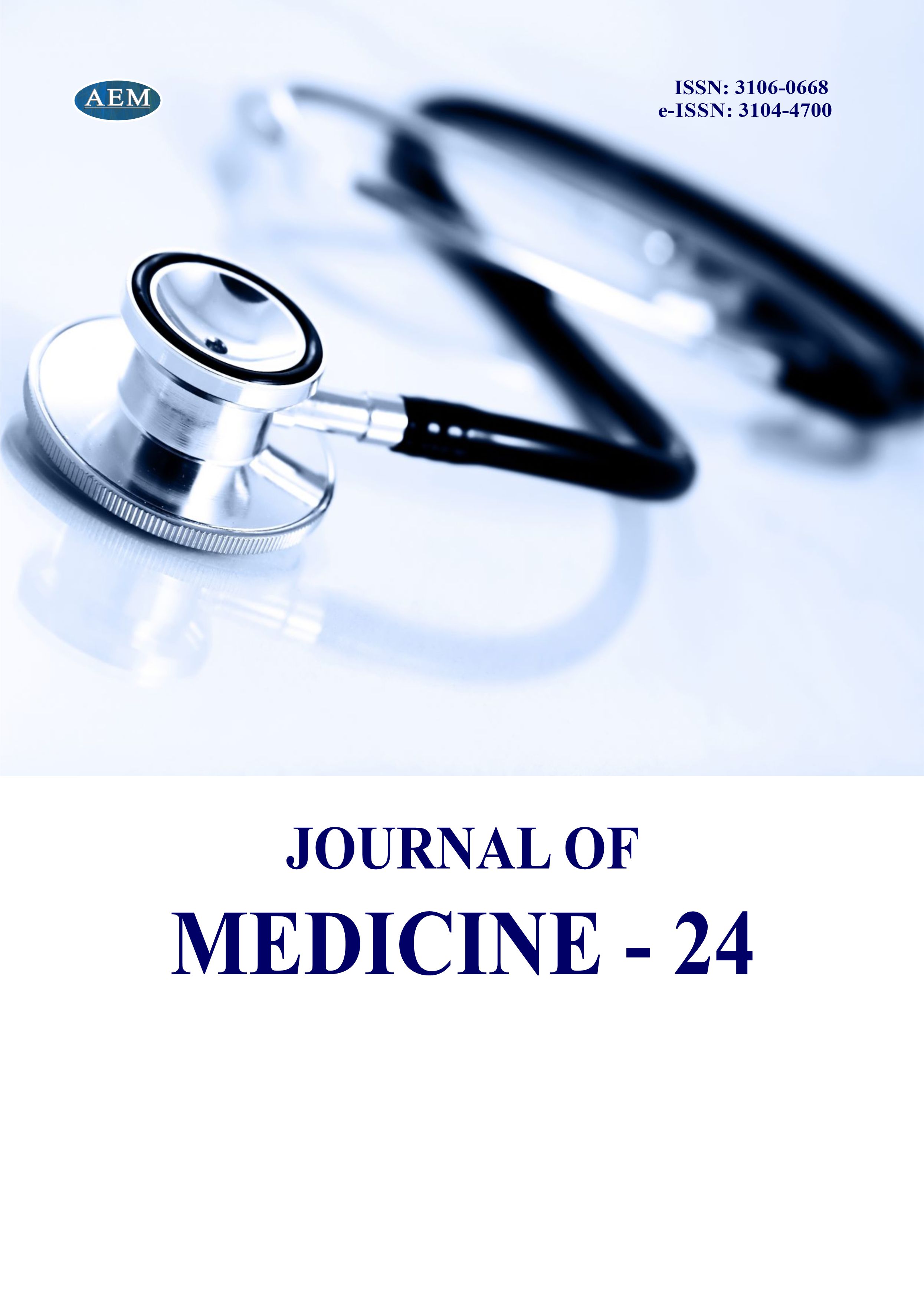https://doi.org/10.36719/3104-4700/1/38-45
Narmin Aliyeva
Nakhchivan State University
Doctor resident
nrminaliyeva039@gmail.com
https://orcid.org/0009-0002-7936-006X
Clinical Evaluation of Pregnant Women with Preeclampsia and
Children Born by Them
Abstract
The article provides information about a research study conducted to study the frequency of preeclampsia among pregnant women and its impact on newborns. During the study, 110 pregnant women diagnosed with preeclampsia were observed among 1238 pregnant women. In the study, arterial pressure measurement, general blood analysis, cardiotocography, urine general analysis, 24-hour urine protein determination, liver functional tests, USM, creatine concentration calculation were performed in pregnant women. Pregnant women diagnosed with preeclampsia were divided into 3 groups by age: younger than 20 years old, between 20-35 years old, and older than 35 years old. According to parity, it was divided into nulliparous, multiparous, grandmultiparous ones. A higher risk of preeclampsia was observed in pregnant women aged 35 years and older and in grandmultiparous women. In order to study the effect of preeclampsia on the newborn, 114 newborns (4 of them twins) born from 110 preeclamptic pregnancies were clinically evaluated. Laboratory tests, neurosonography, echocardiography, audiometry, and X-ray examination were performed on newborns whose examination is important. As a result, it was observed that preeclampsia causes intrauterine growth retardation, premature birth, intrauterine hypoxia, low birth weight and low Apgar children, a number of heart, brain and respiratory system problems, and an increase in the frequency of operative completion of childbirth (Ashley et al., 2019).
Keywords: preeclampsia, intrauterine growth retardation, intrauterine hypoxia, low birth weight newborn

